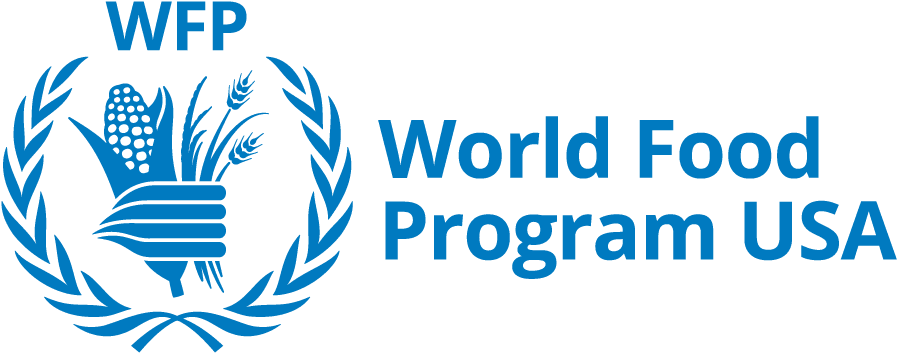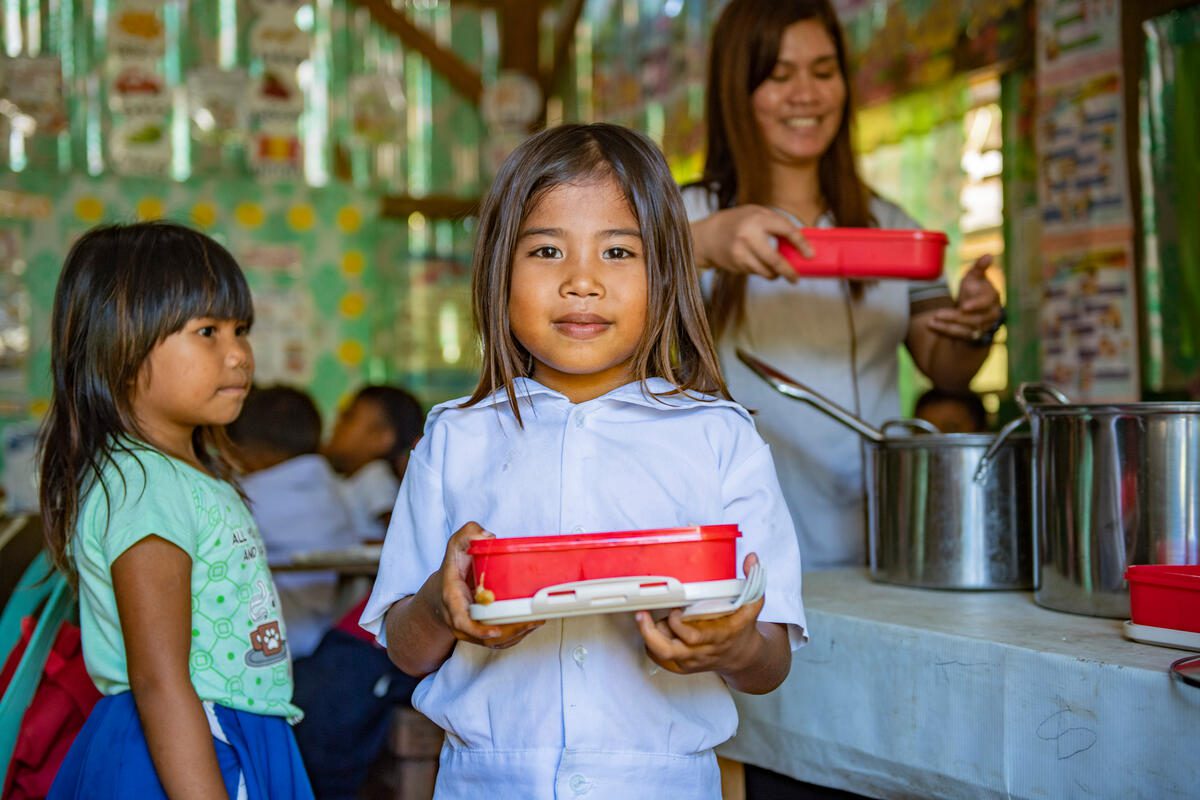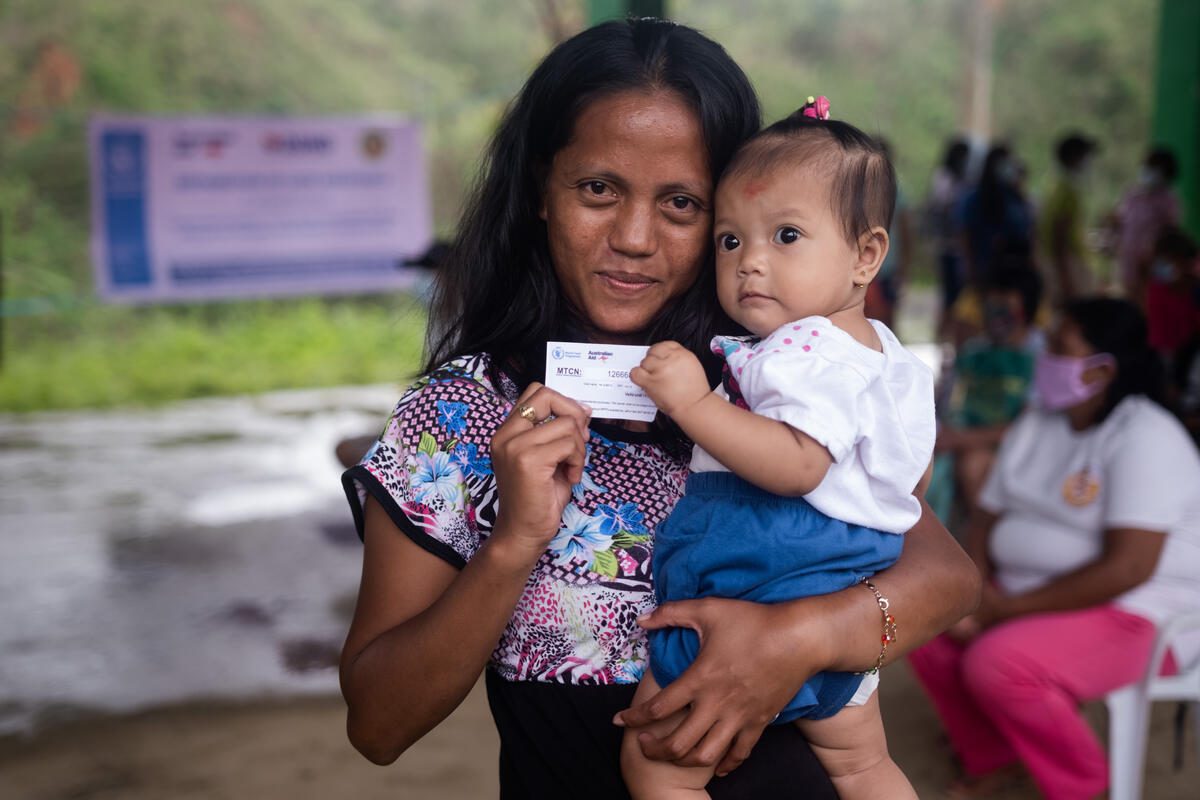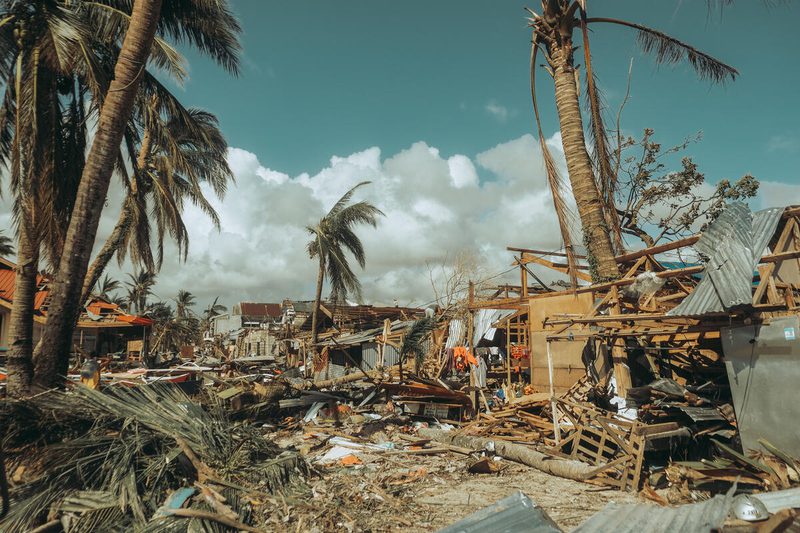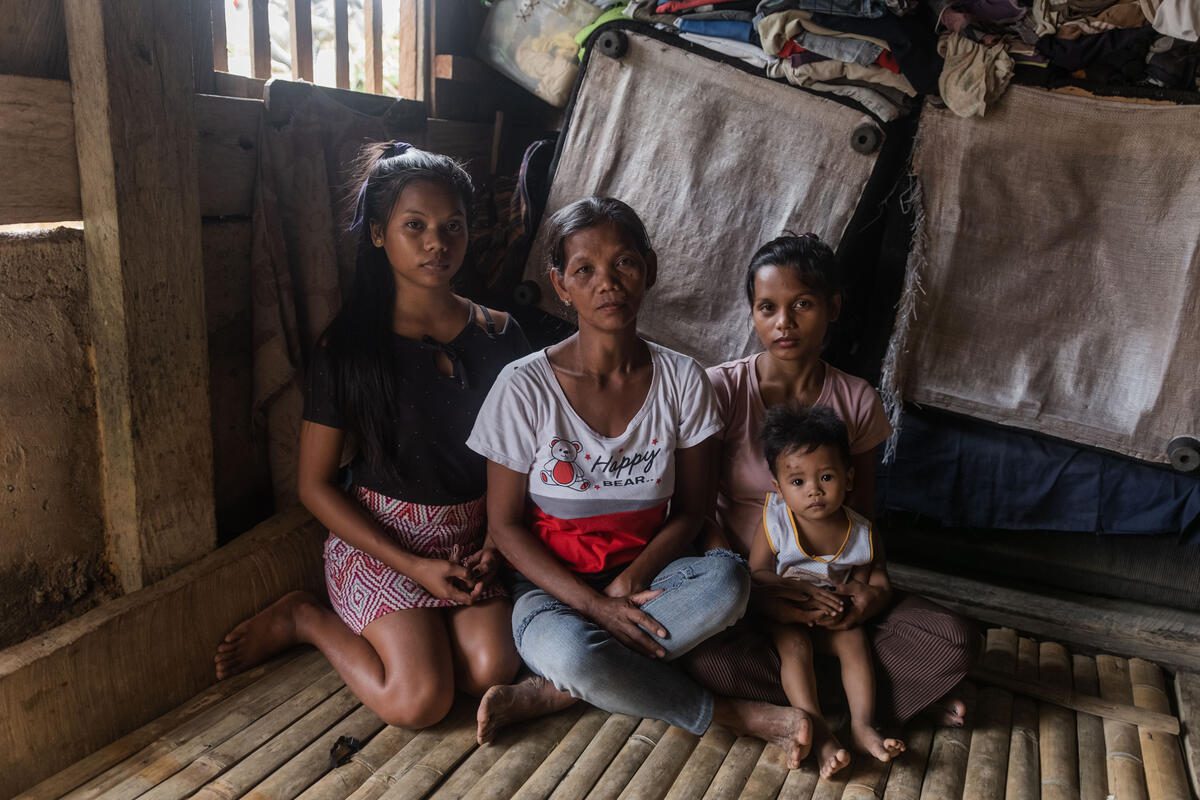Hampered Growth
The Philippines is an archipelago of over 7,600 islands. The country ranks first in the world in natural hazards and exposure risks.
It was among the world’s 10 fastest growing economies. However, its growth has been hampered by the compounding effects of the COVID-19 pandemic, climate-related shocks and conflict.
You can make a difference. By understanding issues, learning how to civically engage, and joining the movement to end global hunger for good.
 WFP/Arete/Angelo Mendoza/2020
WFP/Arete/Angelo Mendoza/2020